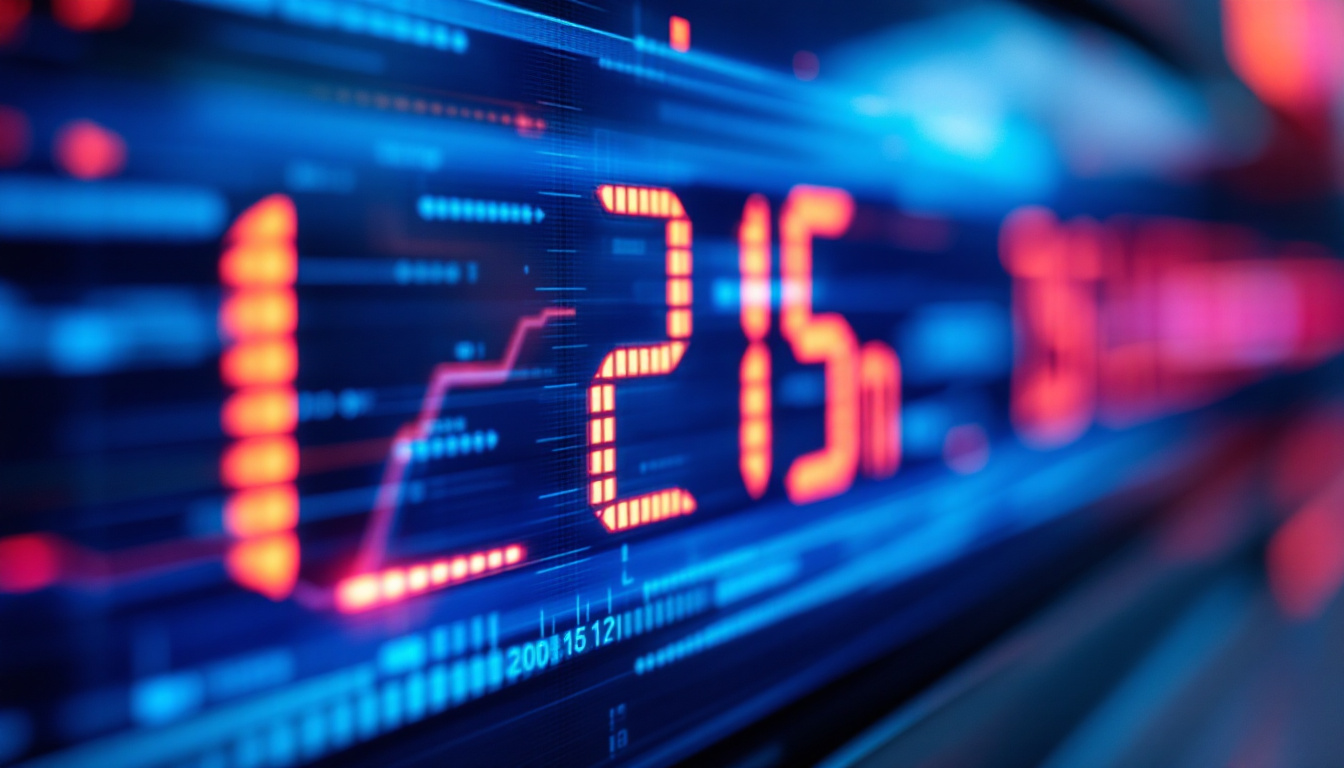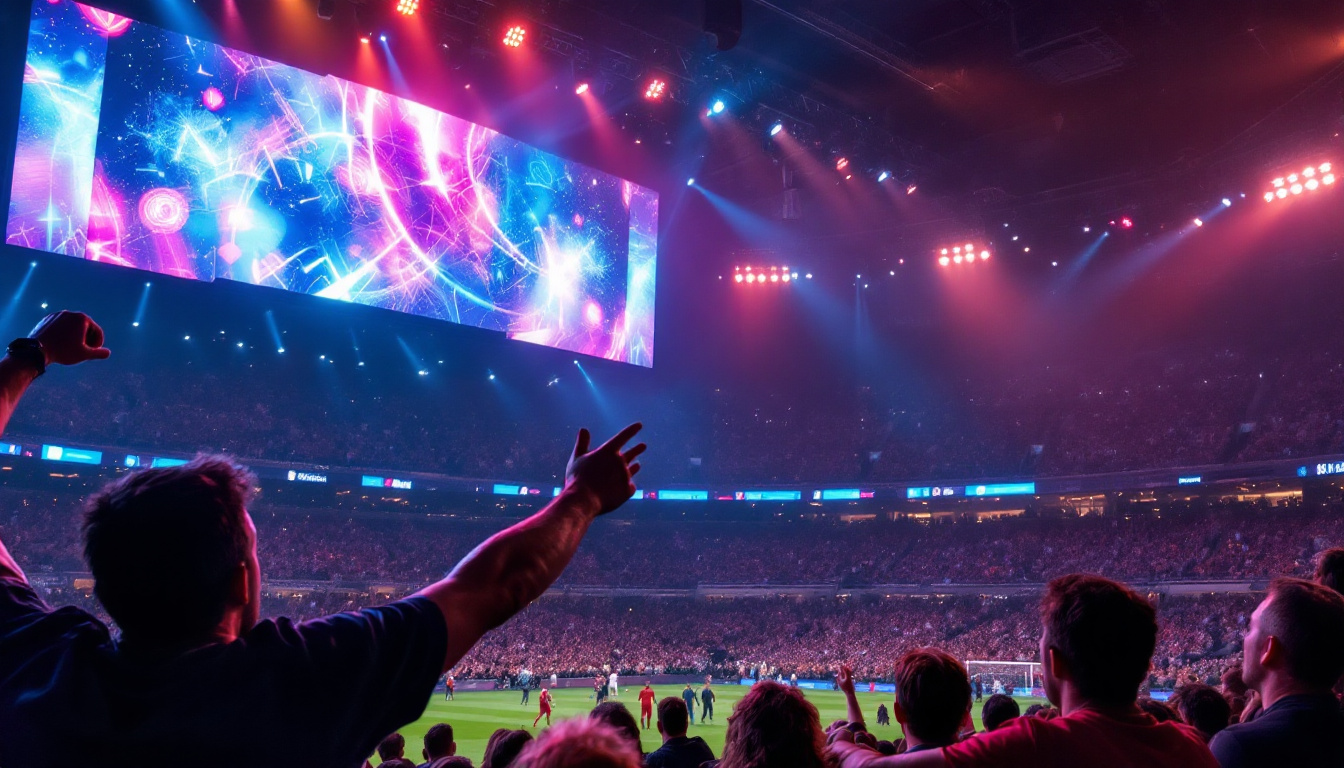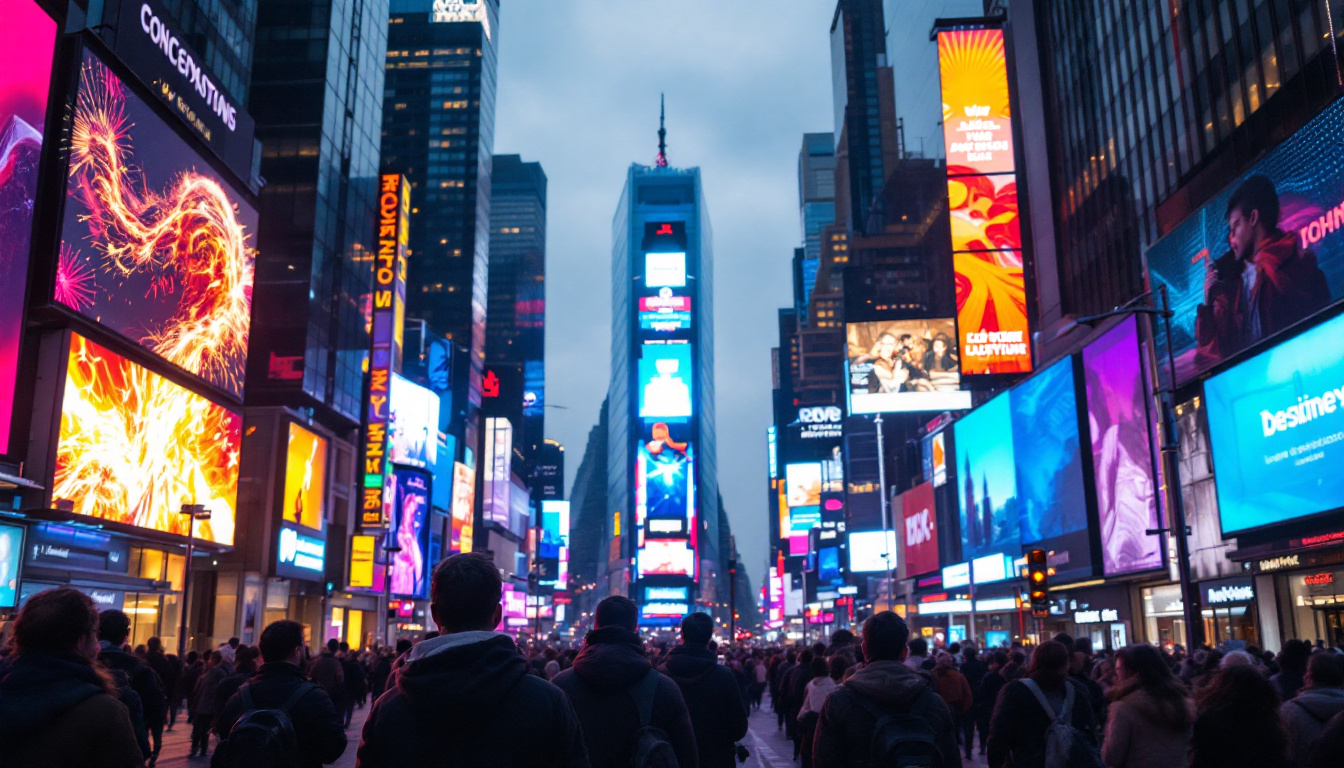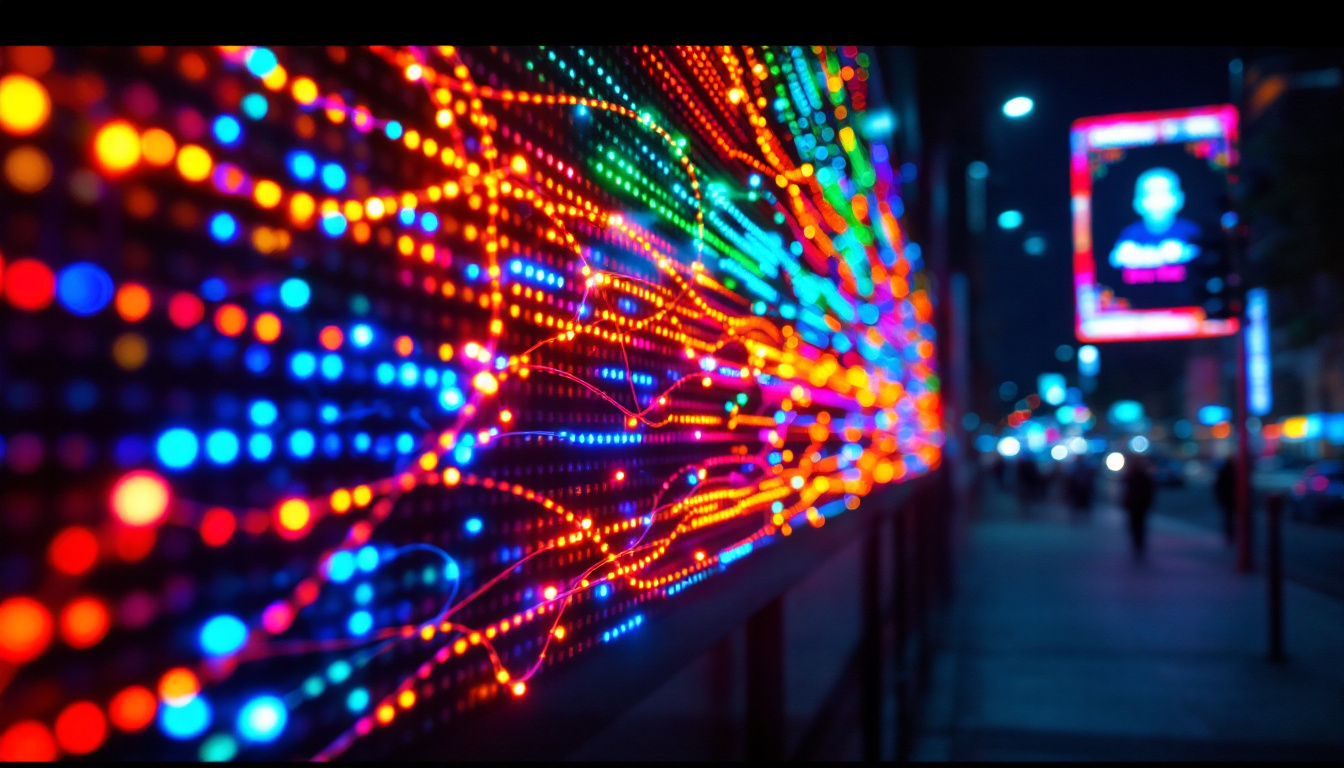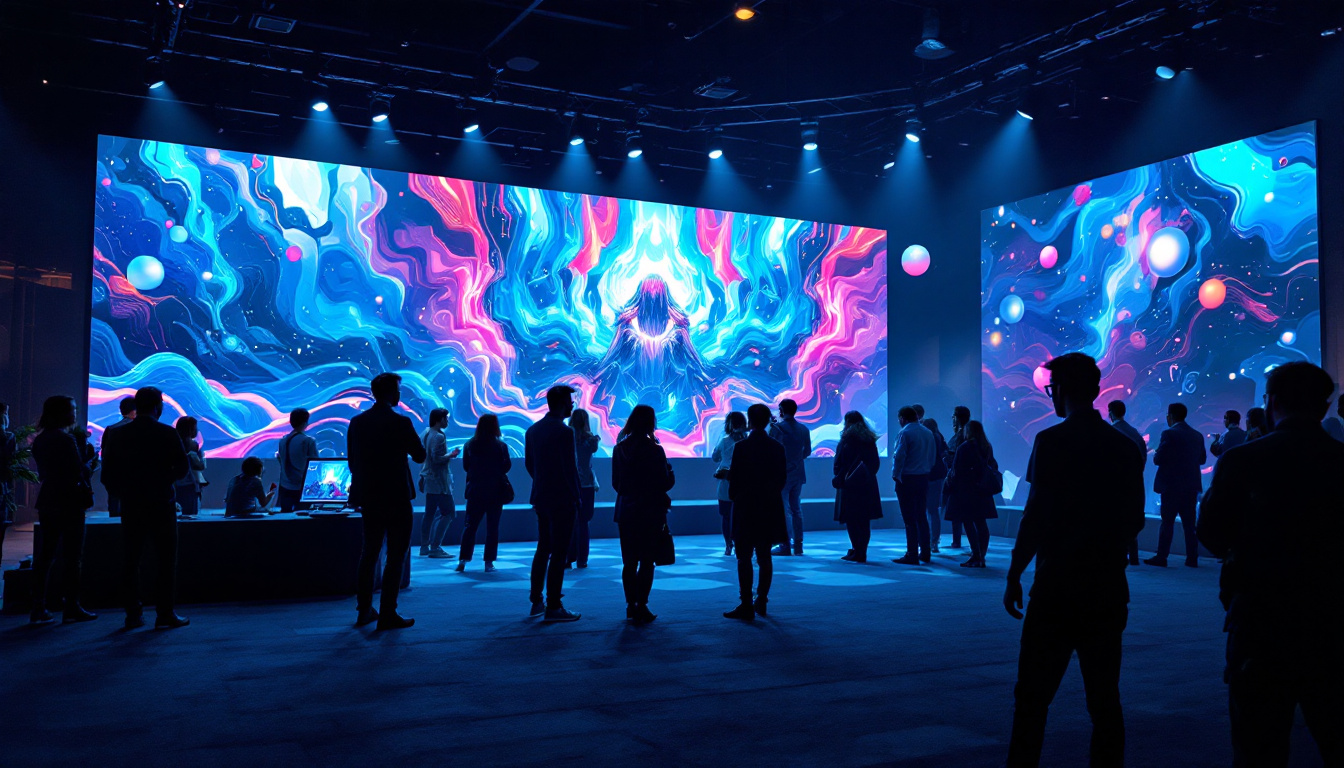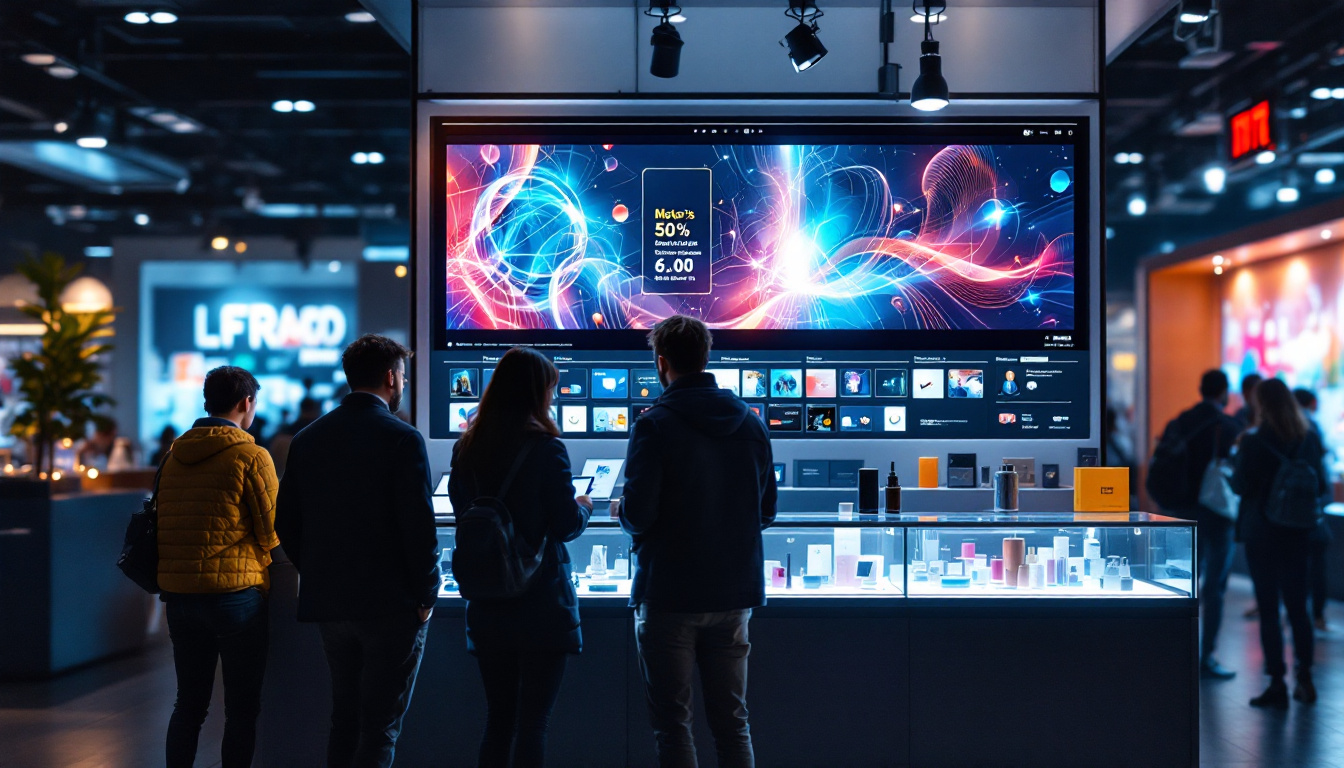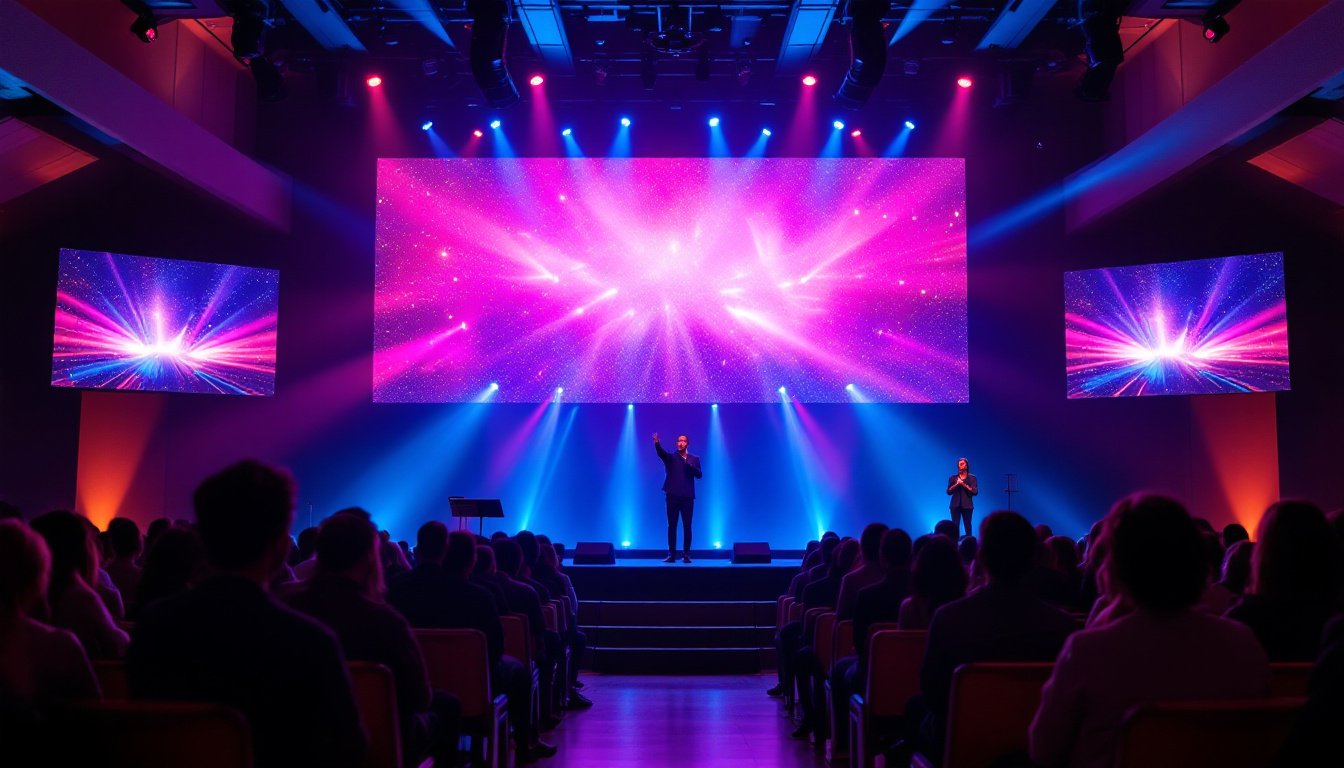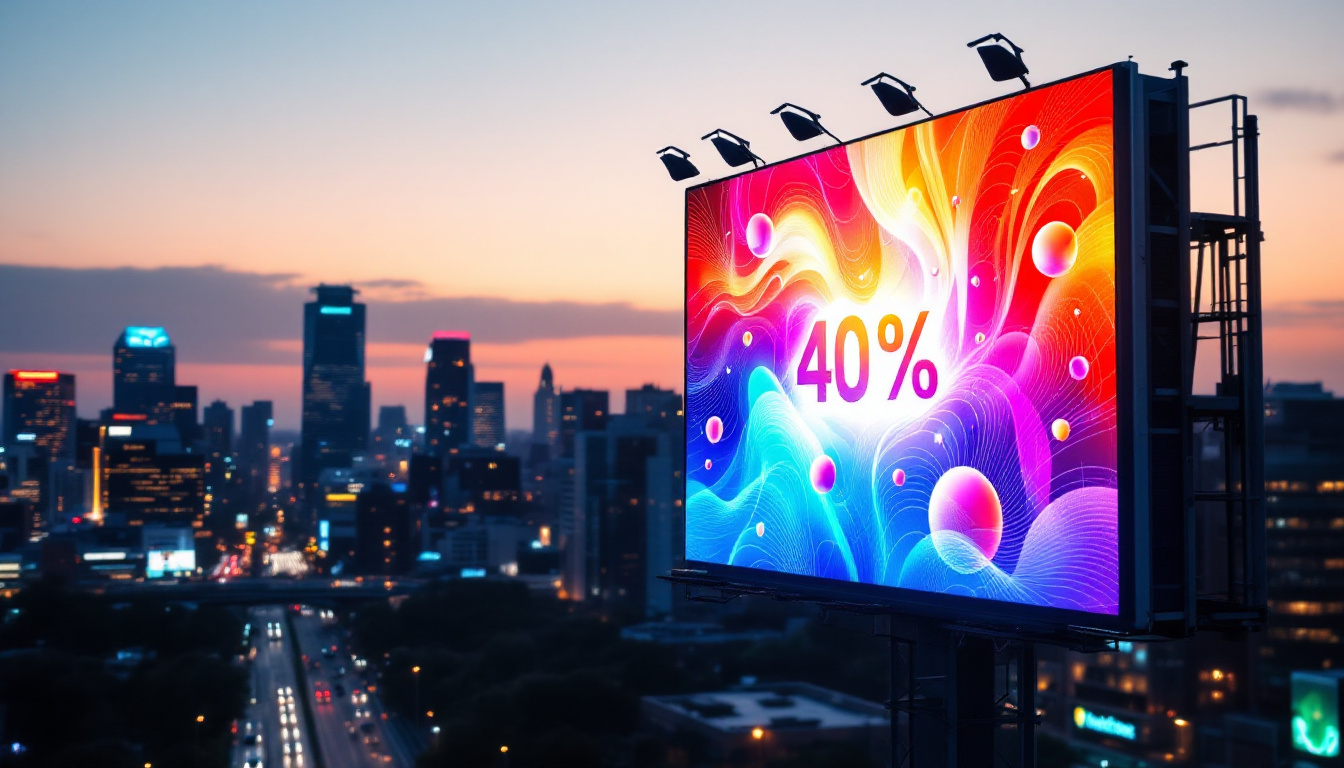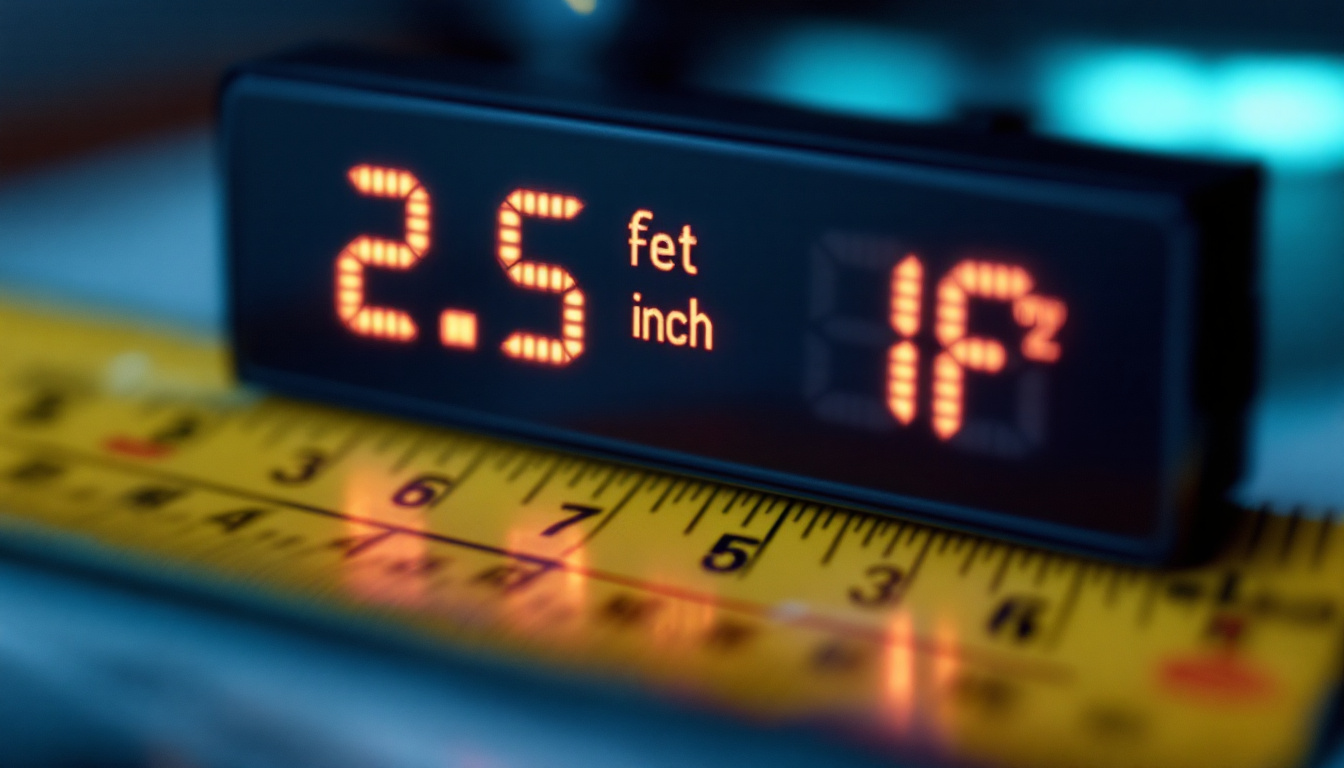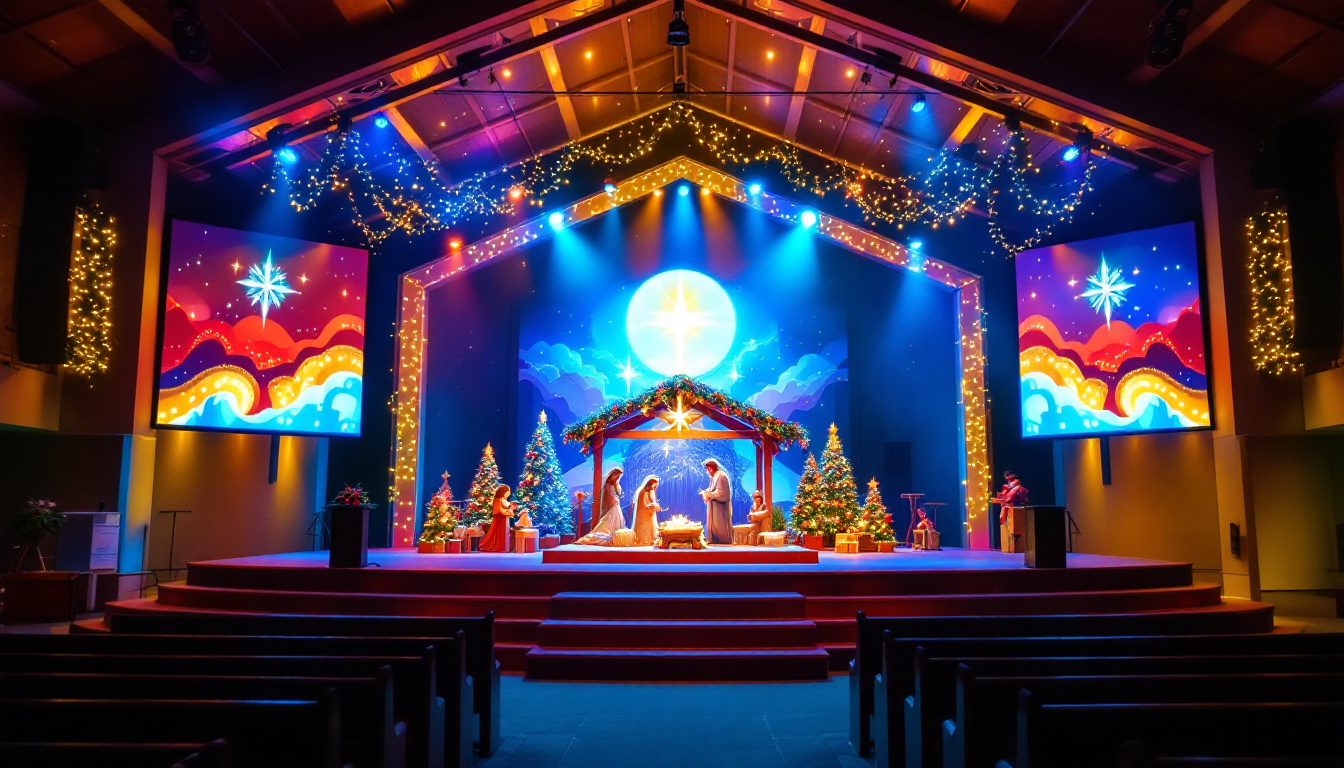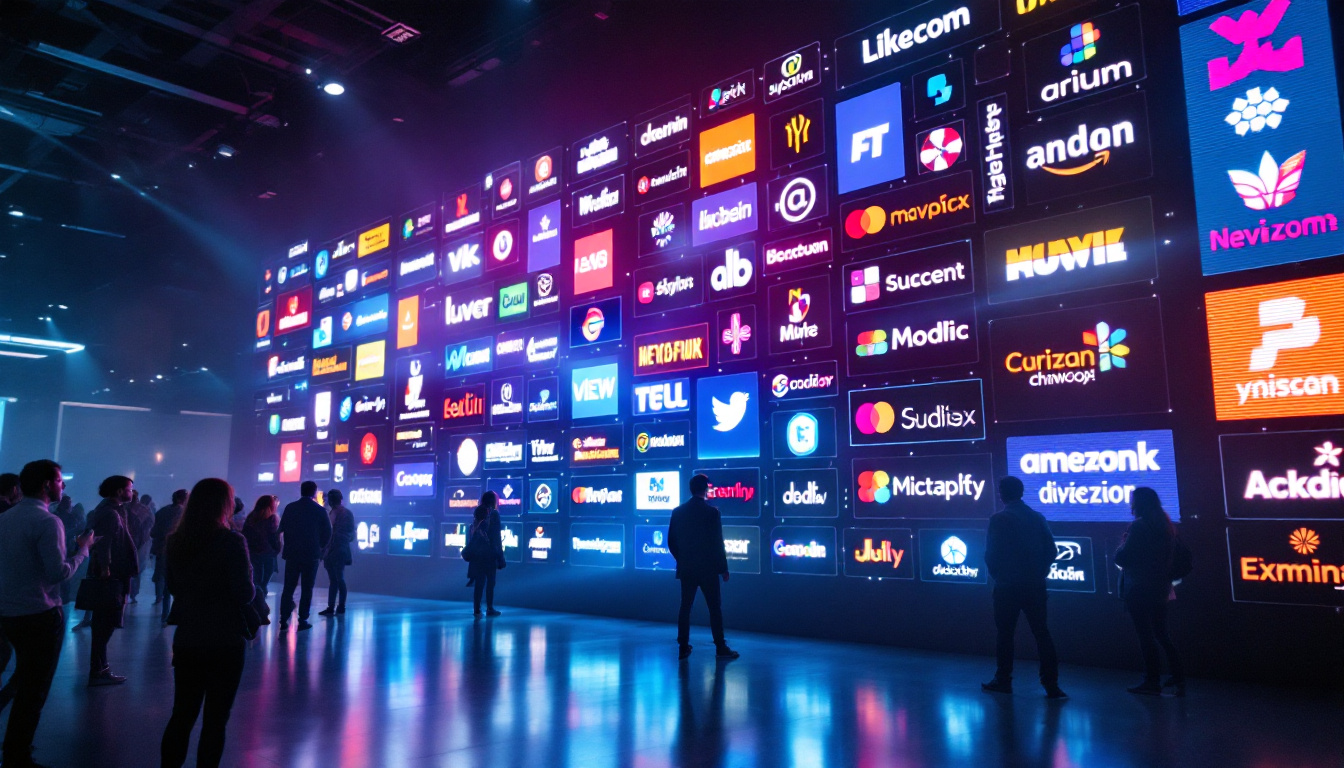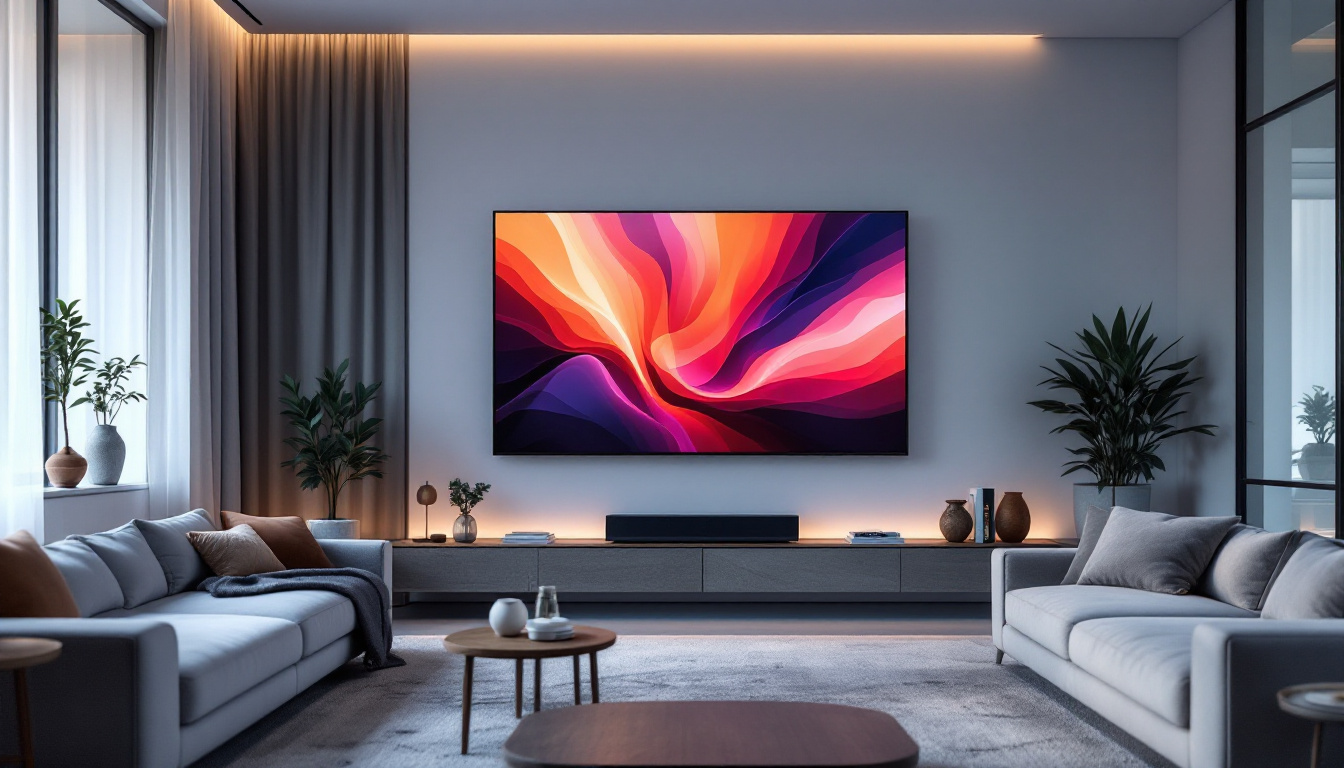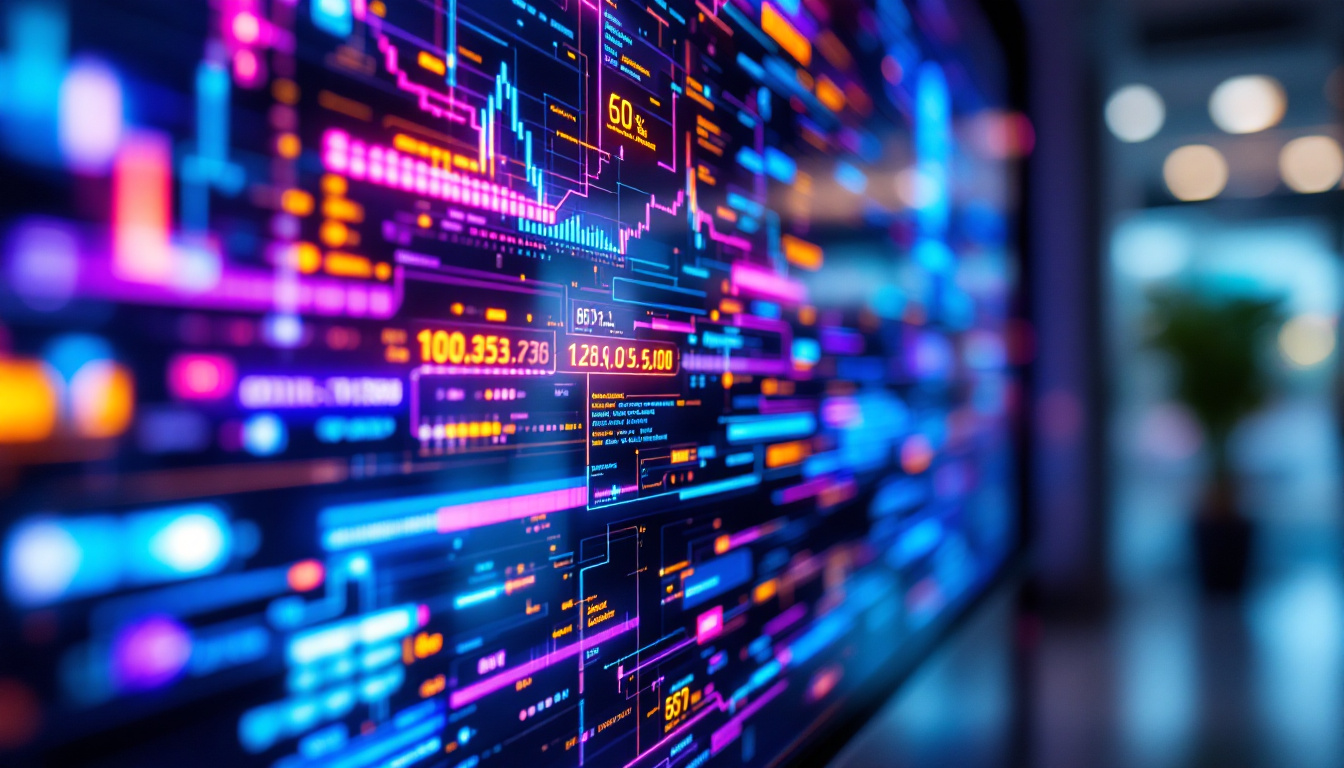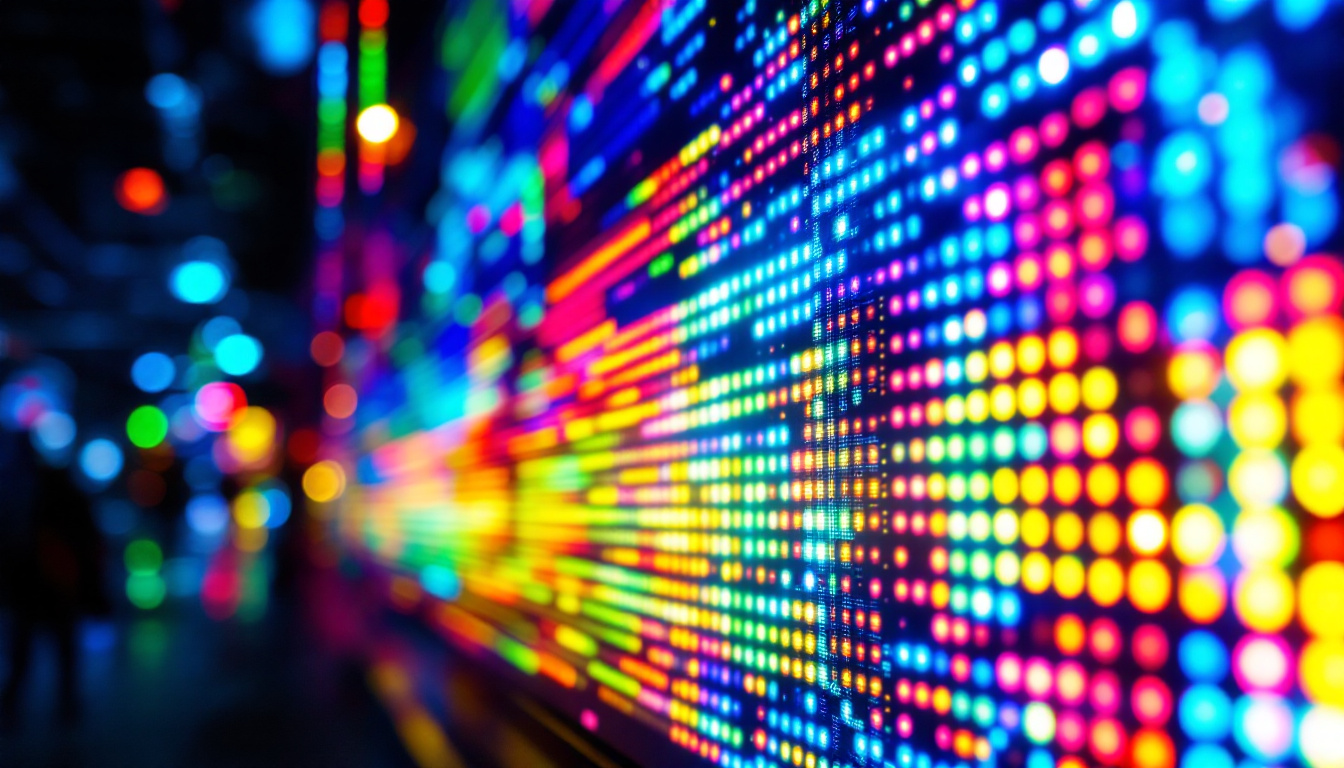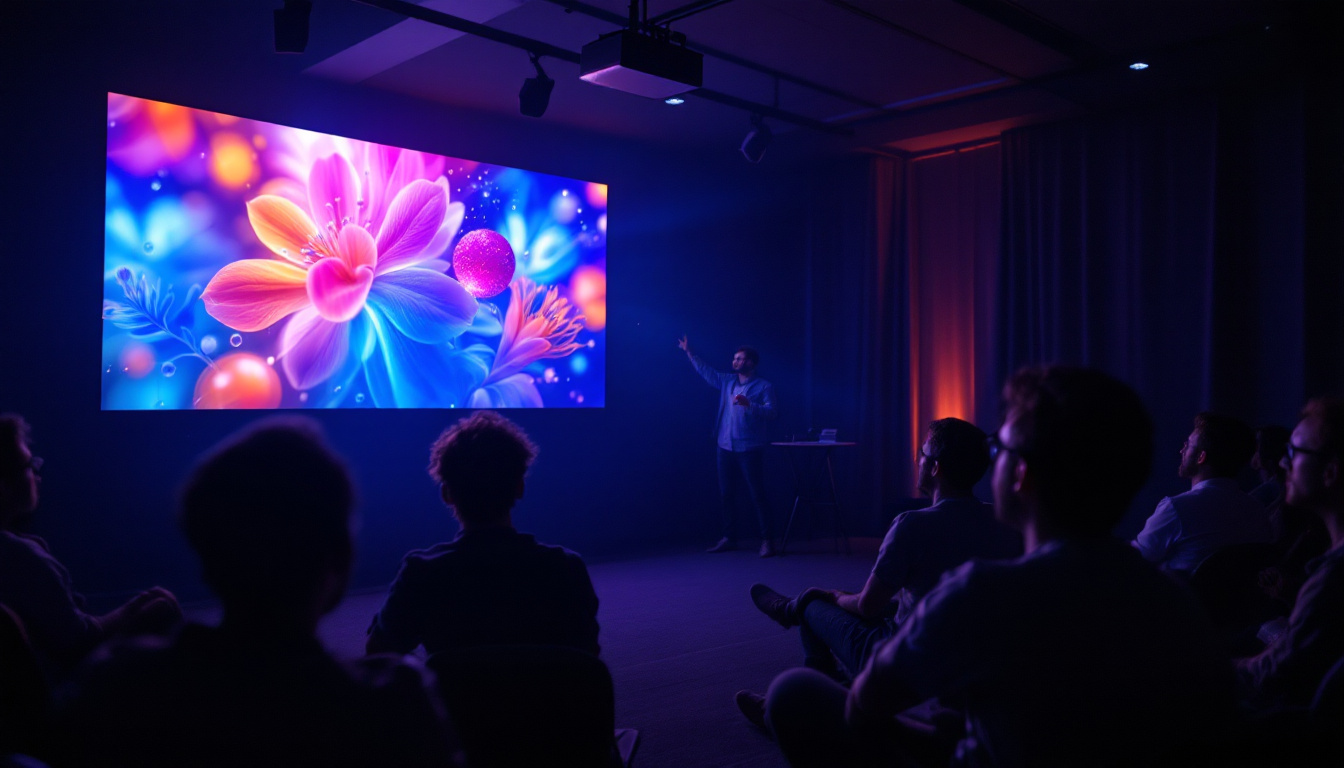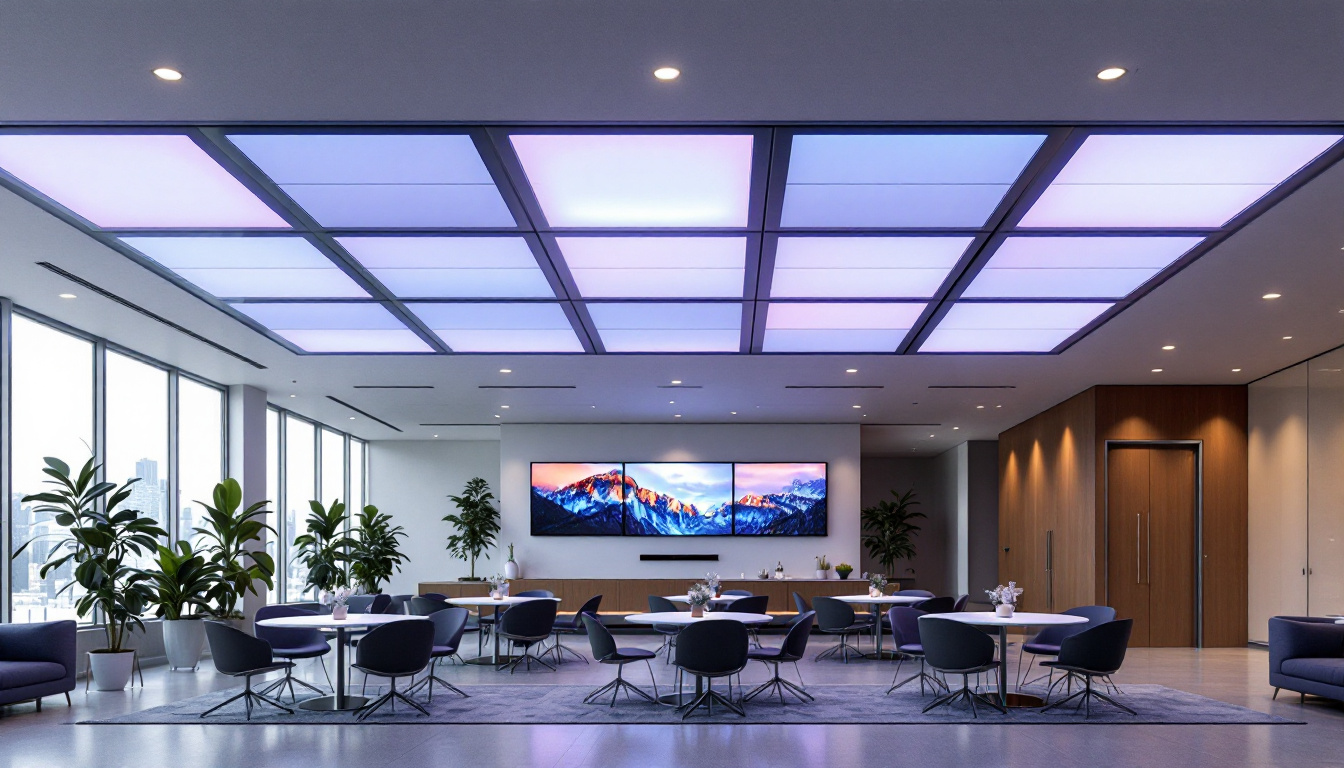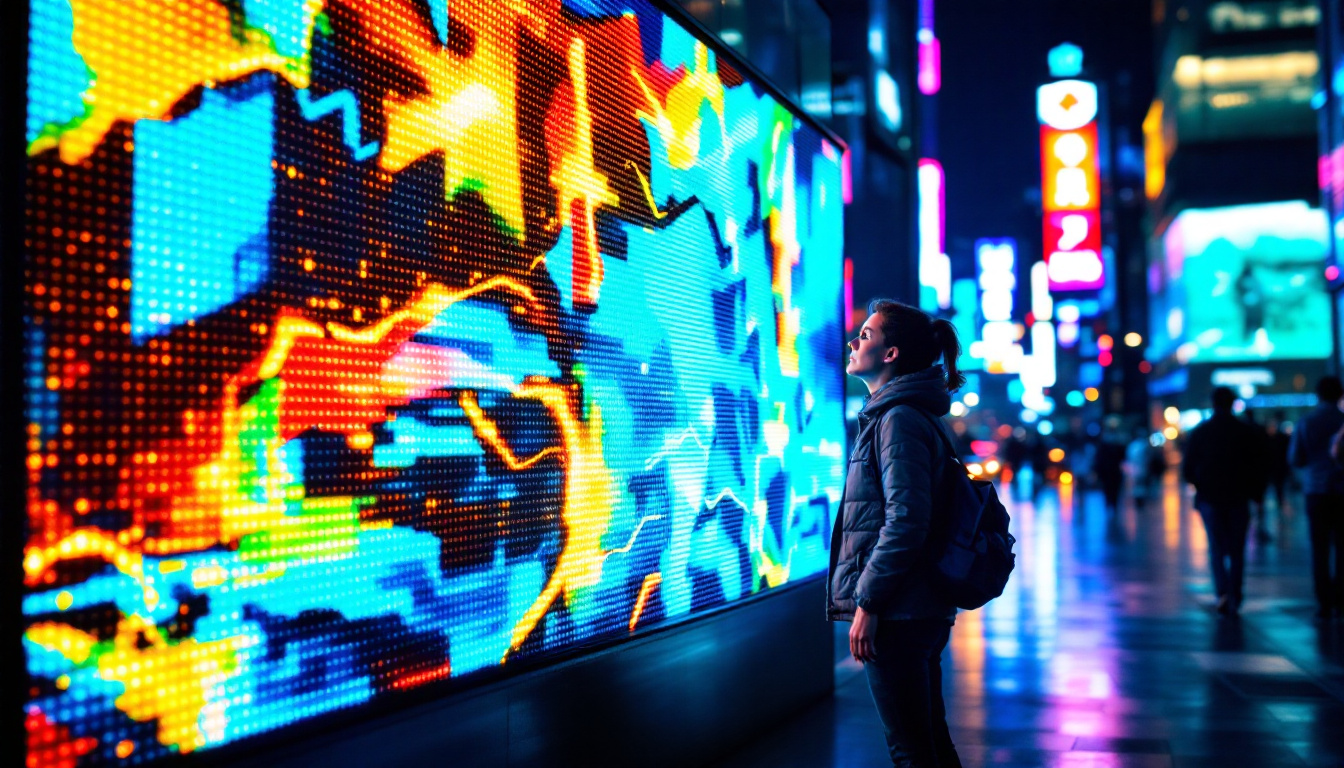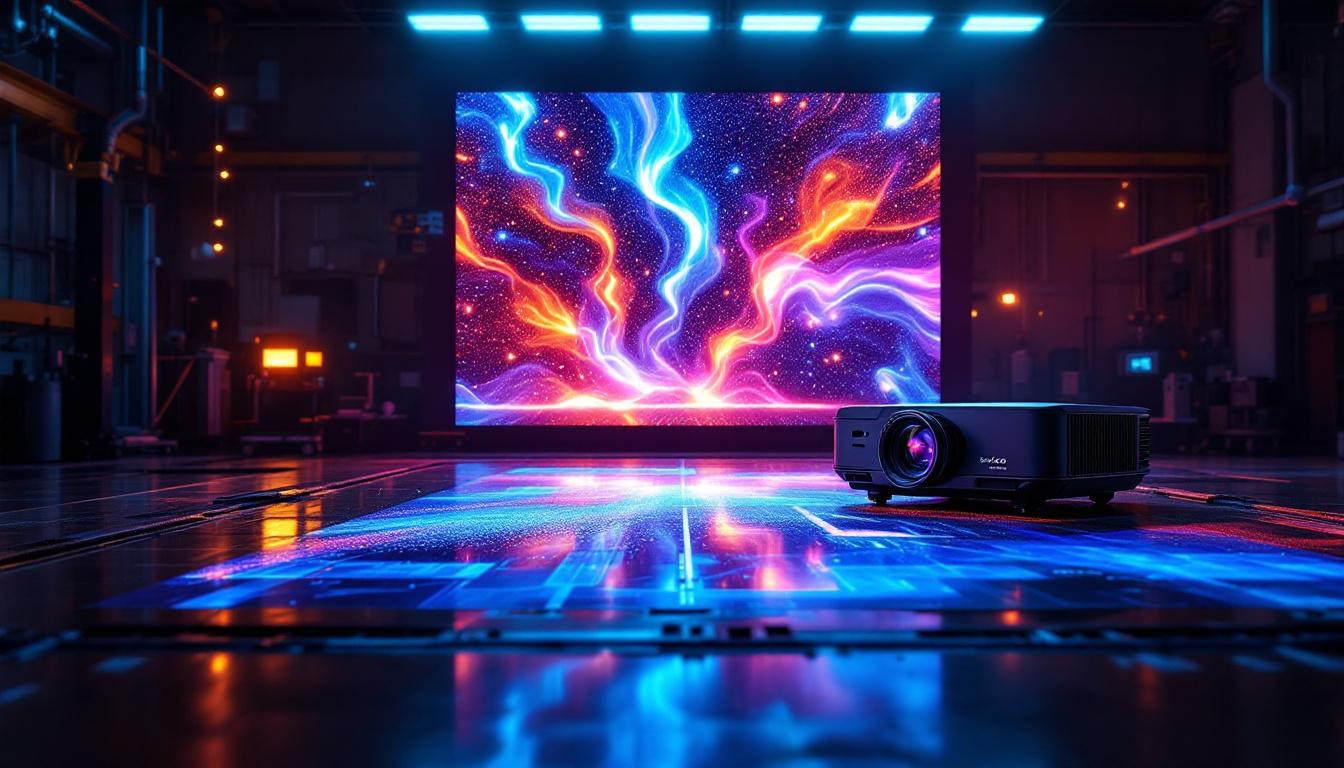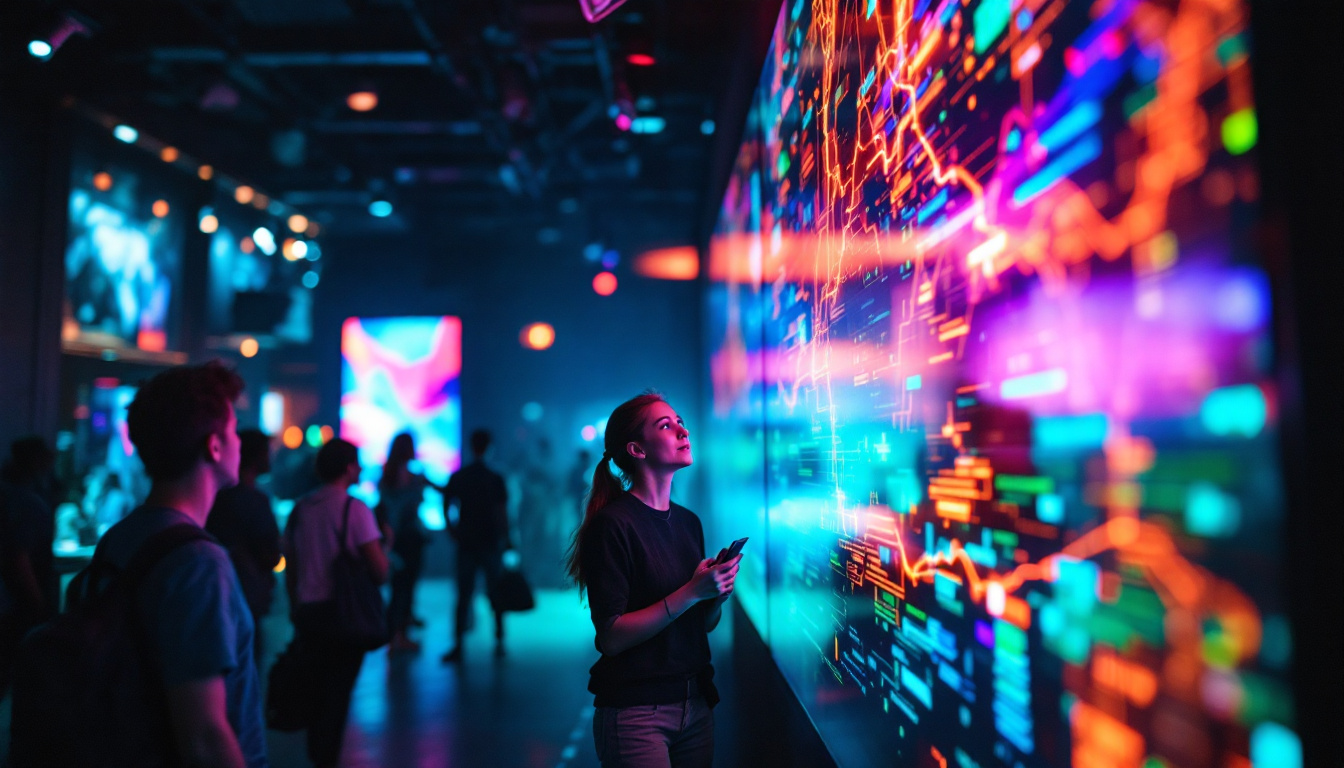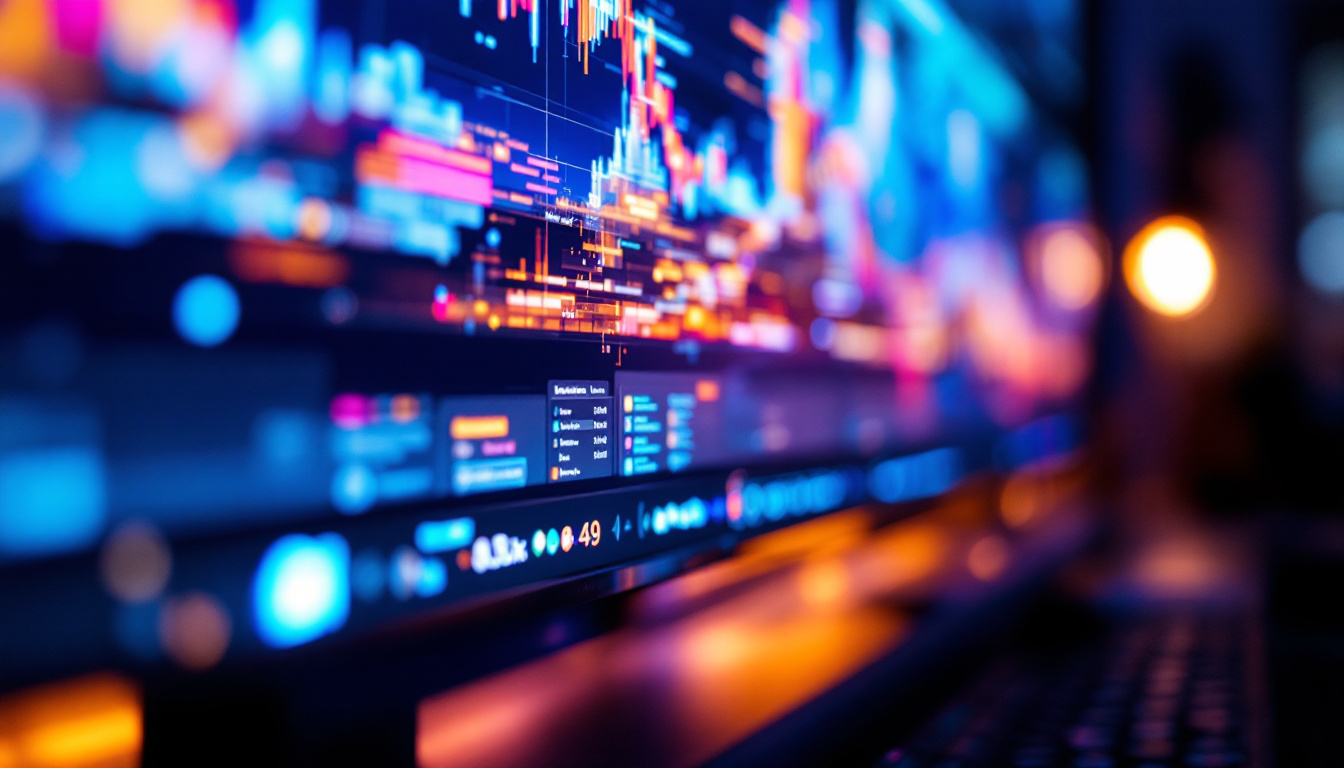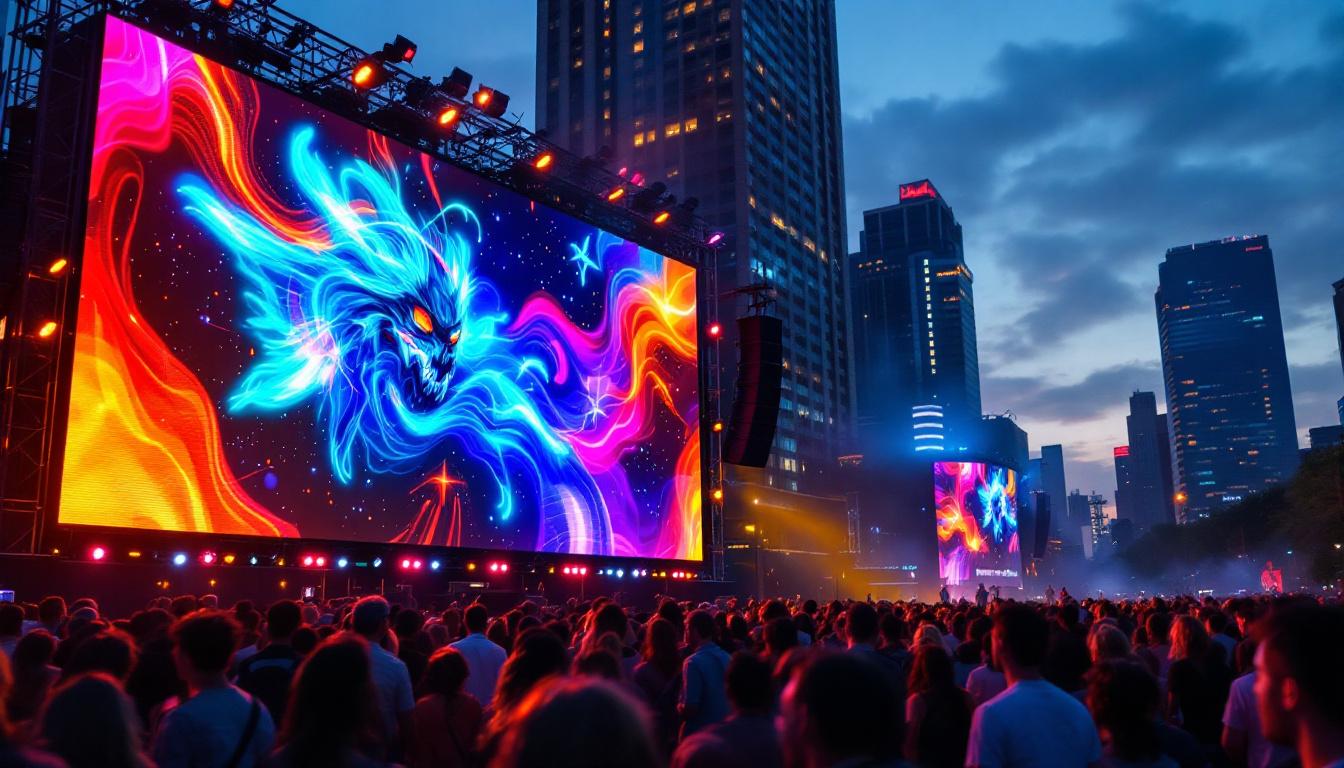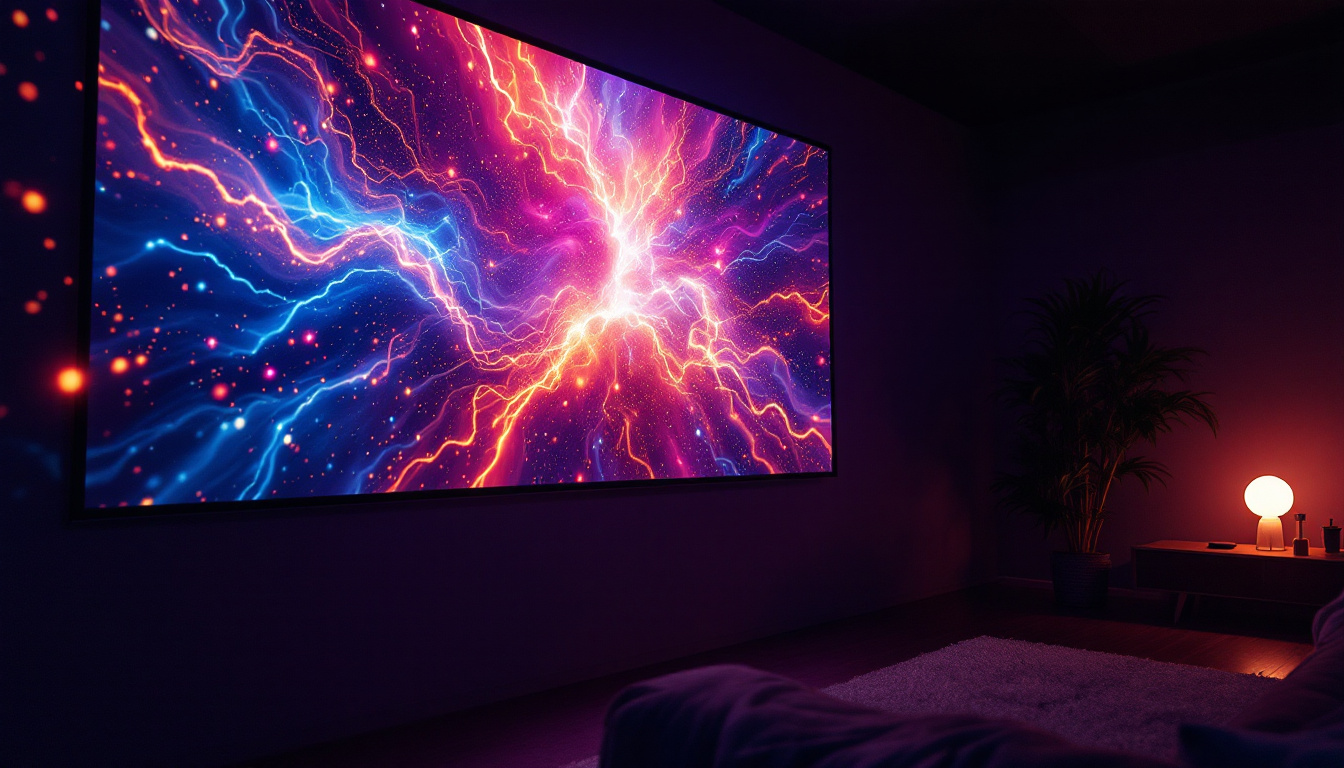In the world of digital signage, LED displays have become a cornerstone of modern communication. Their versatility and visual appeal make them a popular choice for various applications, from advertising to information dissemination. This article delves into the specifics of the 1.2 x 500 LED display, exploring its features, advantages, and applications.
Understanding LED Displays
LED (Light Emitting Diode) displays utilize semiconductor technology to emit light, creating vibrant visuals that can be seen in various environments. The 1.2 x 500 LED display refers to a specific configuration, where the dimensions are typically measured in meters, indicating a width of 1.2 meters and a height of 500 meters. This format is particularly suited for large-scale installations, such as billboards and outdoor advertising. The sheer size of such displays allows for captivating visuals that can attract attention from great distances, making them a popular choice for businesses looking to enhance their visibility in crowded urban settings.
How LED Technology Works
LED technology operates through a process known as electroluminescence. When an electric current passes through a semiconductor material, it emits light. This principle is harnessed in LED displays, which consist of numerous tiny LEDs arranged in a grid. Each LED can be controlled individually, allowing for dynamic content and vibrant color displays. This capability not only enables the showcasing of static images but also allows for the presentation of animated graphics and videos, providing a more engaging experience for viewers.
The colors produced by an LED display are achieved through a combination of red, green, and blue (RGB) diodes. By adjusting the intensity of each color, a wide spectrum of colors can be created, resulting in high-quality images and videos. This RGB combination is essential for producing realistic images, as it mimics the way human eyes perceive colors. Furthermore, advancements in LED technology have led to the development of high dynamic range (HDR) displays, which enhance contrast and color accuracy, making the visuals even more striking.
Types of LED Displays
LED displays come in various types, each designed for specific applications. The most common types include:
- Outdoor LED Displays: These are designed to withstand weather conditions and typically have higher brightness levels to ensure visibility in direct sunlight. They often feature robust enclosures to protect against rain, wind, and dust, making them ideal for use in stadiums, public squares, and busy streets.
- Indoor LED Displays: These are used in venues such as shopping malls and conference centers, where brightness levels can be lower and resolution can be higher. Indoor displays often have a finer pixel pitch, allowing for closer viewing distances without sacrificing image quality, which is crucial for presentations and advertising in enclosed spaces.
- Transparent LED Displays: These innovative displays allow for visibility through the screen, making them ideal for retail environments where showcasing products behind the display is essential. They create a unique blend of digital content and physical products, enhancing the shopping experience while maintaining an open and airy feel in the store.
Additionally, there are also specialized LED displays such as flexible LED screens, which can be bent and shaped to fit unconventional spaces, and interactive LED displays that incorporate touch technology, allowing users to engage directly with the content. These advancements are pushing the boundaries of what is possible with LED technology, making it an exciting field for both creators and consumers alike.
Features of the 1.2 x 500 LED Display
The 1.2 x 500 LED display boasts several features that make it a preferred choice for large-scale installations. Understanding these features helps in appreciating its value in various applications.
High Resolution and Clarity
One of the standout features of the 1.2 x 500 LED display is its high resolution. With a pixel pitch that can vary depending on the manufacturer, these displays offer sharp images and clear text. This clarity is crucial for capturing audience attention and ensuring that messages are conveyed effectively.
High-resolution displays are particularly important in urban environments, where viewers may be at varying distances from the screen. The ability to maintain clarity at different viewing angles enhances the overall impact of the display.
Energy Efficiency
Energy consumption is a significant consideration in any display technology. The 1.2 x 500 LED display is designed to be energy-efficient, consuming less power compared to traditional display technologies. This efficiency not only reduces operational costs but also aligns with sustainability goals, making it an environmentally friendly option.
Modern LED displays often come equipped with intelligent power management systems that adjust brightness based on ambient light conditions. This feature ensures optimal visibility while minimizing energy usage.
Durability and Longevity
Durability is another key feature of the 1.2 x 500 LED display. Built to withstand harsh weather conditions, these displays are often rated for outdoor use, featuring protective coatings that guard against UV rays, moisture, and dust. This resilience translates to a longer lifespan, making them a cost-effective investment for businesses.
Additionally, LED technology has a longer operational life compared to traditional display technologies, reducing the frequency of replacements and maintenance.
Applications of the 1.2 x 500 LED Display
The versatility of the 1.2 x 500 LED display allows it to be utilized in a variety of settings. Here are some of the most common applications:
Advertising and Marketing
One of the primary uses of the 1.2 x 500 LED display is in advertising and marketing. Businesses leverage these displays to showcase promotions, new products, and brand messages. The vibrant colors and dynamic content attract attention, making them effective tools for capturing consumer interest.
In urban areas, these displays can be strategically placed in high-traffic locations, maximizing visibility and engagement. The ability to change content quickly allows marketers to adapt their messages in real-time, responding to trends and consumer behavior.
Event Signage
Events such as concerts, sporting events, and trade shows benefit significantly from the use of the 1.2 x 500 LED display. These displays can serve as backdrops, providing visual excitement and enhancing the overall experience for attendees.
Moreover, they can be used for displaying schedules, directions, and important announcements, ensuring that event-goers are well-informed throughout the duration of the event.
Public Information Displays
Public spaces, such as airports, train stations, and city squares, often utilize the 1.2 x 500 LED display for informational purposes. These displays can provide real-time updates on schedules, weather, and emergency alerts, serving as vital communication tools for the public.
The ability to update content remotely ensures that information is always current, helping to manage crowds and enhance the overall experience in public venues.
Installation Considerations
Installing a 1.2 x 500 LED display requires careful planning and consideration of various factors. Proper installation ensures optimal performance and longevity of the display.
Site Assessment
Before installation, a thorough site assessment is essential. This involves evaluating the location for visibility, accessibility, and environmental factors. Factors such as sunlight exposure, potential obstructions, and viewing distances must be considered to determine the best placement for the display.
Additionally, understanding the electrical and structural requirements is crucial to ensure that the installation meets safety standards and operational needs.
Mounting Options
The mounting method for the 1.2 x 500 LED display can vary based on the installation site. Options include wall mounting, free-standing structures, or hanging displays. Each method has its advantages and must be chosen based on the specific requirements of the installation.
For outdoor installations, secure mounting is particularly important to withstand wind and other environmental factors. Professional installation services are often recommended to ensure that the display is mounted safely and securely.
Maintenance and Support
Regular maintenance is essential to keep the 1.2 x 500 LED display functioning optimally. This includes routine cleaning, software updates, and inspections to identify any potential issues before they become significant problems.
Many manufacturers offer support services that include maintenance contracts, ensuring that businesses can rely on professional assistance when needed. This proactive approach to maintenance can extend the lifespan of the display and enhance its performance.
Future Trends in LED Display Technology
The LED display industry is continuously evolving, with new technologies and trends emerging regularly. Staying informed about these trends is crucial for businesses looking to invest in display technology.
Advancements in Resolution
As technology progresses, the demand for higher resolution displays is increasing. Future iterations of the 1.2 x 500 LED display may feature even finer pixel pitches, allowing for greater detail and clarity. This advancement will enhance the viewing experience, particularly in environments where viewers are close to the display.
Higher resolution displays will also enable more complex content, such as detailed graphics and videos, to be showcased effectively.
Integration with Smart Technology
Smart technology integration is another trend shaping the future of LED displays. Features such as remote monitoring, automated brightness adjustment, and content scheduling are becoming increasingly common. These capabilities allow for greater flexibility and efficiency in managing display content.
Furthermore, the integration of artificial intelligence (AI) can enhance content personalization, tailoring messages based on audience demographics and behavior.
Sustainability Initiatives
As businesses and consumers become more environmentally conscious, sustainability initiatives are gaining traction in the LED display industry. Future displays may incorporate eco-friendly materials and energy-efficient technologies, reducing their environmental impact.
Additionally, recycling programs for old displays and components are likely to become more prevalent, promoting a circular economy within the industry.
Conclusion
The 1.2 x 500 LED display represents a significant advancement in display technology, offering high resolution, energy efficiency, and durability. Its versatility allows for a wide range of applications, from advertising to public information dissemination.
As technology continues to evolve, staying informed about trends and advancements will be essential for businesses looking to leverage LED displays effectively. With proper installation and maintenance, the 1.2 x 500 LED display can serve as a powerful tool for communication and engagement in various settings.
In a world where visual communication is paramount, investing in high-quality LED displays like the 1.2 x 500 model is a strategic move that can yield significant returns in visibility and audience engagement.
Discover LumenMatrix’s Advanced LED Solutions
Ready to elevate your visual communication strategy with the latest in LED technology? Look no further than LumenMatrix, where innovation meets excellence in creating dynamic and immersive visual experiences. From Indoor and Outdoor LED Wall Displays to specialized solutions like Vehicle LED Displays and LED Sports Displays, LumenMatrix has a comprehensive range of products designed to captivate your audience and amplify your message. Embrace the future of digital signage with our Custom, All-in-One, and Transparent LED Displays. Check out LumenMatrix LED Display Solutions today and transform the way you connect with your audience.


